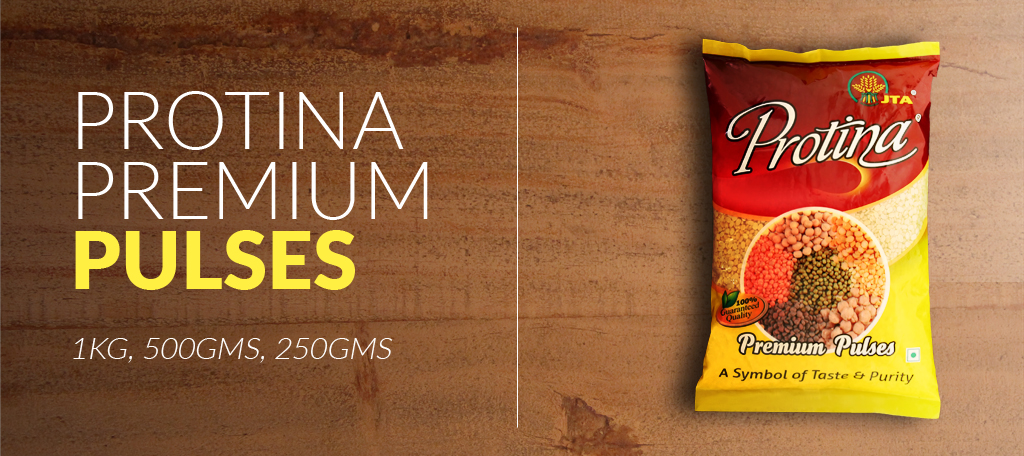India is the world’s largest producer and the largest consumer of pulses. Pulses are a healthy alternative to meat. Again India has one of the largest populations of vegetarians and a meal without any form of these pulses would be considered incomplete. Pulses are an extremely healthy food due to their high protein content relative to other vegetables. Their other nutritional benefits include providing a source of complex carbohydrates, important vitamins and minerals such as folate and iron, and antioxidants. People eat the pulses seeds whole, dehulled or as a flour. Pulses contain as much as 25 per cent protein, no cholesterol and virtually no fat, unlike meat, poultry, fish and eggs.
Protina is our flagship brand offering various verities of very high quality pulses sourced from major pulse-producing areas in Madhya Pradesh, Maharashtra, Uttar Pradesh, Rajasthan, Karnataka and Andhra Pradesh.
The pulses on offer are:
ARHAR DAL
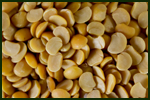
Arhar dal the most widely consumed dal in India is also known as pigeon peas, yellow lentil, yellow split peas or toor dal. It is the best source of protein, fat, carbohydrates, iron, folic acid, calcium, magnesium, potassium and Vitamin B containing high dietary fibers with low saturated fats and cholesterol. In short its very good for you.
MOONG DAL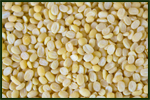
The moong gota is split and then is hulled to form of yellow dal which is popularly known as moong dal or moong dhulli. It cooks quickly and requires no soaking. It is easily digestible. This dal is used for making various recipes like dal curry, dry fry, khichari, etc.
MASUR DAL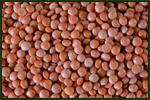
It has delicate nutty taste and requires no soaking before cooking. It is easy to digest and cook very quickly. It is an excellent source of protein, fiber, carbohydrates, B vitamins, magnesium, iron, and zinc. These lentils are used to make various dishes and are also made into spicy dals.
CHANA DAL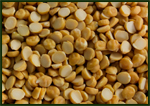
This yellow dal has a delicately nutty aroma and earthy flavor. It also know as chana dal or bengal gram. It is used for making classic curry and also used in koftas and kebabs. Chana dal is excellent for making both sweet and savory dishes.
MASUR DAL SMALL
It very similar to the masur dal in terms of taste, texture and nutritional value, except for that fact that it is smaller in size compared to the regular Masur dal.
KALAI DAL
Kalai Dal has black skin with creamy white inside. It is rich in protein and iron and has a strong flavor. The flavor is smoky and has a rich velvety texture. It is also know as Urad dal chilka and is a good source of protein. Kalai Dal is a good source of vitamin B complex and minerals such as iron, manganese and molybdenum. It offers protection against high cholesterol, cancer, heart attacks and helps maintain blood sugars.
KALAI GOTA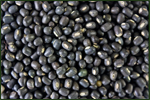
The whole form of Urad Dal and Kalai Dal, considered the best meal option for Diabetic Patients and for people with high blood pressure. It is also good for people who want to loose weight since it is Fat free and nutritious. Kalai Gota is used in the preparation of some classic mouth watering delicacies like Dal Makhani etc.
URAD DAL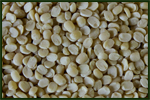
A very popular dal used for South Indian dishes such as dosa, idli and dahi wada. Urad Dal is a cream color dal and it needs soaking for a few hours before cooking. The consistency of this dal is thicker than any other dals. It offers protection against high cholesterol, cancer, heart attacks and helps maintain blood sugars levels.
KABLI CHANA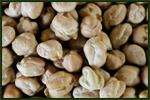
Chickpeas are low on fat and high on protein, zine and folate. Kabli chana are used in all the continents for cook some fabulous dishes. According to recent studies, Kabli chana can help lower the cholesterol in the blood.
MOONG CHILKA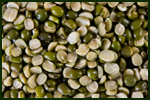
Derived from moong gota, moong dal with skin is also known as Moong Chilka or green moong dal. It cooks much faster as compared to moong gota that to without any prior soaking. It is used for making dals that goes very well be rice or rotis.Derived from moong gota, moong dal with skin is also known as Moong Chilka or green moong dal. It cooks much faster as compared to moong gota that to without any prior soaking. It is used for making dals that goes very well be rice or rotis.
MOONG GOTA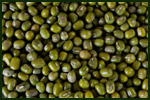
These small green beans are also known as Chinese beans. The beans if sprouted are much easier to digest and absorb than the actual bean. Sprouted Moong Gota is the only bean that contains Vitamin C and Vitamin B12 among the sprouted beans. It is widely used in stir fries, chaats and salads.
RAJMA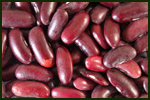
Kidney bean, red bean or for that matter Rajma are the name of this single amazing bean widely eaten in North India. They are very good for heart and blood circulation. It is said that, it was bought to the Indian sub-continent from Mexico and Guatemala.
RAJMA CHITRA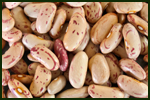
It is very similar to the Rajma except that it has maroon tiger stripes on a beige bean. Like rajam it is a major source of protine and is for lowering cholesterol. it’s high in fiber content that prevents blood sugar levels from rising too rapidly.
LOBIYA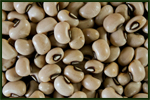
Also know as Black eyed pea, it is an excellent source of Vitamin A, Calcium and folate. In the southern states of US consider eating lobiya on new year as good luck.
CHANA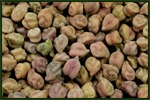
Produced in MP, Rajasthan, UP, Maharashtra, AP, Karnataka and Gujarat India is the world leader in Bengal gram/chana production. It is rich protein; chana is used as an edible seed as well as making flour.
MATAR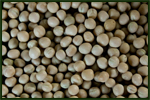
Dry peas are an excellent source fibre, it is low in fat and cholesterol free and have a positive effect on heart. It is available through out the year and are used for making curries (googni), salads and an assortment of dishes.
MASUR GOTA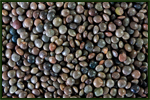
Very popular in India and can be found in any grocery store. These are prone to get mushy if overcooked. Add a little oil to the cooking water and cook it for not more than 15 minutes. They do not require any prior socking when you cook them.
GREEN MATAR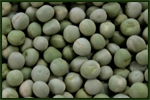
Similar to dry peas but green in color it has almost identical nutritional value. It is good for heart and reduces lipid content in your body. Canada is the highest producer and exporter of green peas. It has a history going back almost 10000 years.

